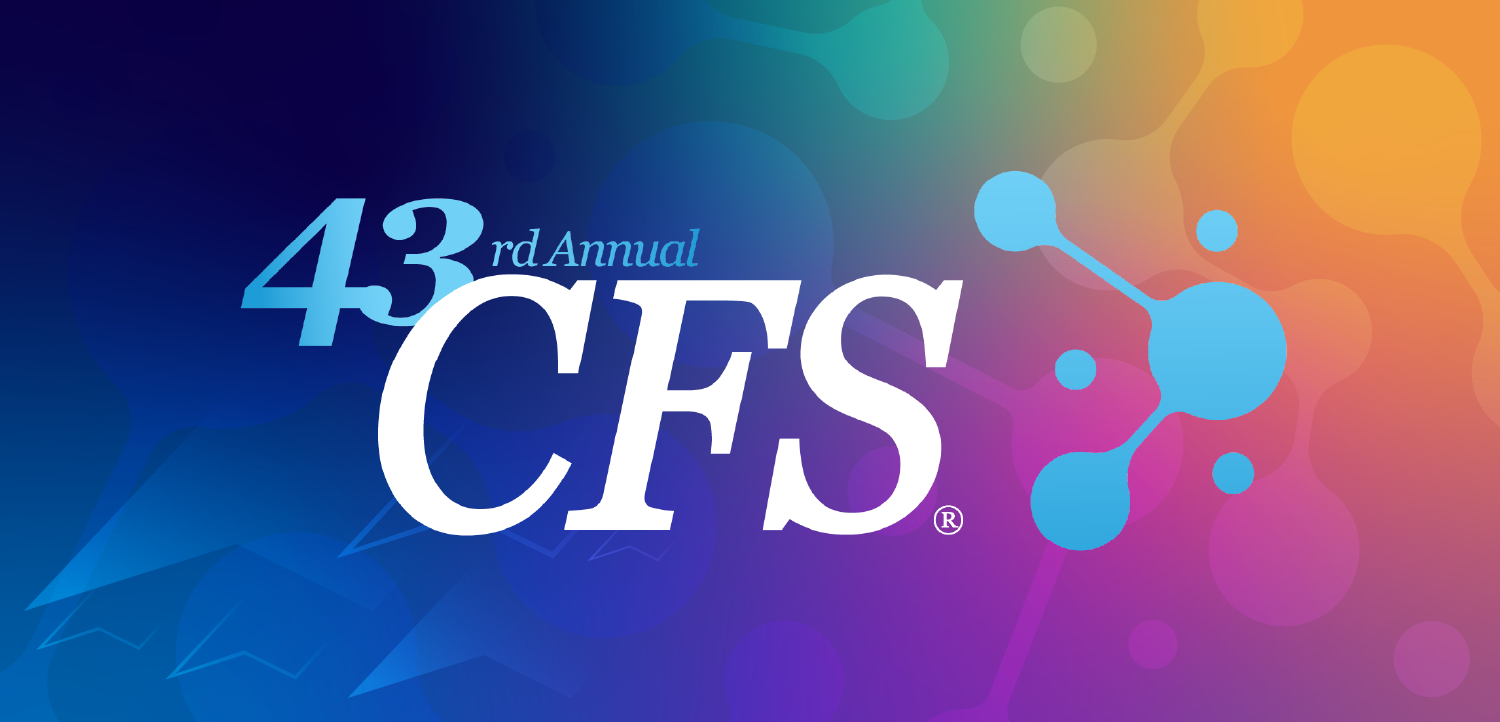NEC to release MPEG-2 version of TeleDoc rollabout TM system
NEC to release MPEG-2 version of TeleDoc rollabout TM systemCompany is also developing desktop productOne of the first suppliers of a dedicated rollabout telemedicine product is working hard to stay on top of the market by improving the
NEC to release MPEG-2 version of TeleDoc rollabout TM system
Company is also developing desktop product
One of the first suppliers of a dedicated rollabout telemedicine product is working hard to stay on top of the market by improving the system's image resolution and audio and video transmission capabilities. NEC America has developed an MPEG-2 version of its TeleDoc rollabout system that provides higher quality video resolution, for which many healthcare customers have been clamoring.
NEC's involvement in telemedicine began last year with TeleDoc, a portable, self-contained telemedicine unit developed by researchers at Texas Tech University Health Sciences Center in Galveston and licensed exclusively to NEC. Texas Tech and NEC have since signed a 10-year agreement to jointly develop and market video products and applications for the telemedicine and distance-learning markets. NEC America's Corporate Networks Group, based in Dallas, handles manufacturing and marketing of TeleDoc, now called TeleDoc 5000.
TeleDoc 5000 combines interactive voice-video-data communications with clinical capabilities. The system incorporates NEC's TC5000EX7 video codec, which can compress the feed to data rates ranging from 64 Kbps to 1.5 Mbps, and supports specific healthcare equipment such as an endoscope color camera, x-ray light box, and digital imaging devices. Before introducing TeleDoc 5000 to the market, NEC reengineered the original system, adding three new features: an external patch panel for connecting more diagnostic devices, an echo-cancellation device that eliminates feedback, and a far-end system control option that makes TeleDoc especially useful in emergency-room situations, according to the company. Clinically, the system is used primarily for orthopedics, psychiatry, internal medicine, and cardiology.
The first version of TeleDoc used the H.320 standard for video compression. NEC, however, made several beta units for customers using the more advanced MPEG-2 video compression standard, with an ATM interface instead of an ISDN interface. User response to these cutomized systems was so strong that the company decided to roll out an MPEG-2 version of TeleDoc as a commercial product. NEC plans to offer both H.320 and MPEG-2 versions of TeleDoc in its product line. NEC is also developing a desktop telemedicine product that should be available this summer.
NEC claims to have 200 to 300 TeleDocs installed in the U.S. The company does not yet sell the system overseas, although NEC Japan is evaluating the product for the Asia/Pacific and Australian markets. TeleDoc's strongest markets are universities and teaching hospitals (including Texas Tech, which accounted for one-third of TeleDoc sales in the last quarter), rural hospitals and clinics, state prisons, large county jails, and some federal installations. NEC is also investigating other applications for TeleDoc, including ambulances, helicopters, and home care.
Newsletter
Stay at the forefront of radiology with the Diagnostic Imaging newsletter, delivering the latest news, clinical insights, and imaging advancements for today’s radiologists.

























